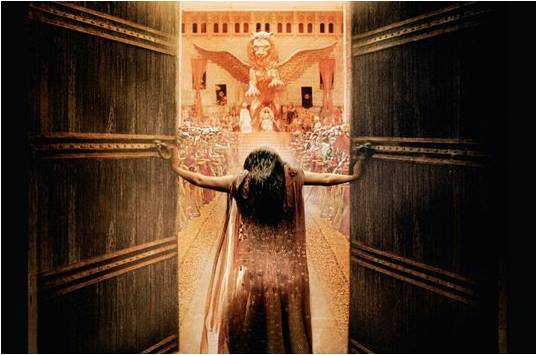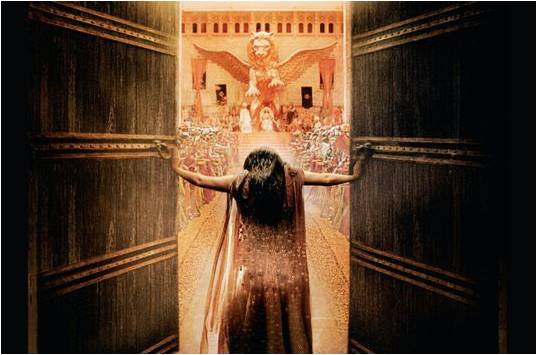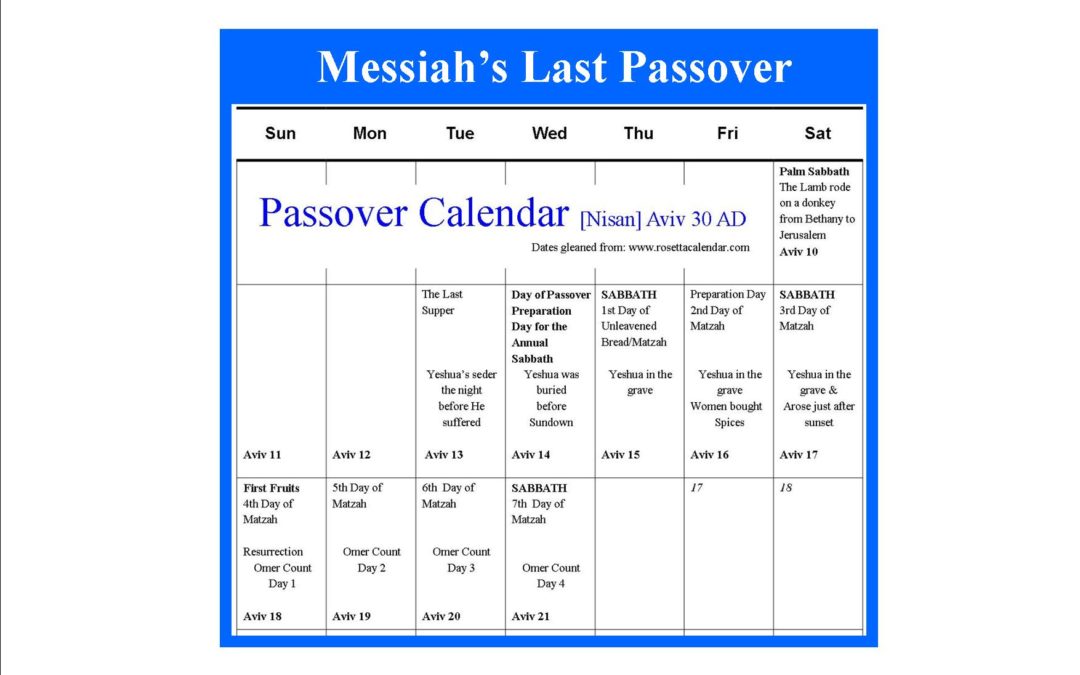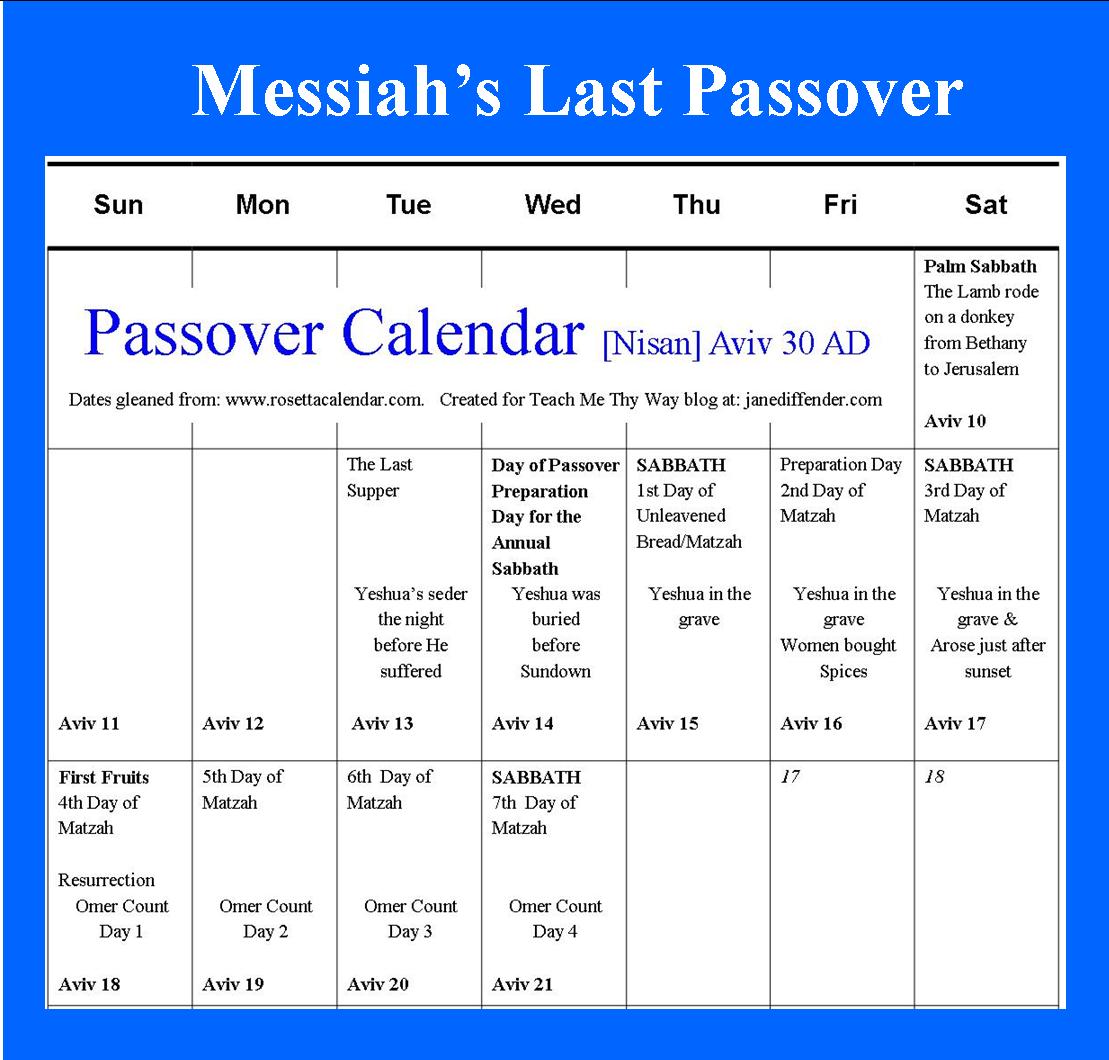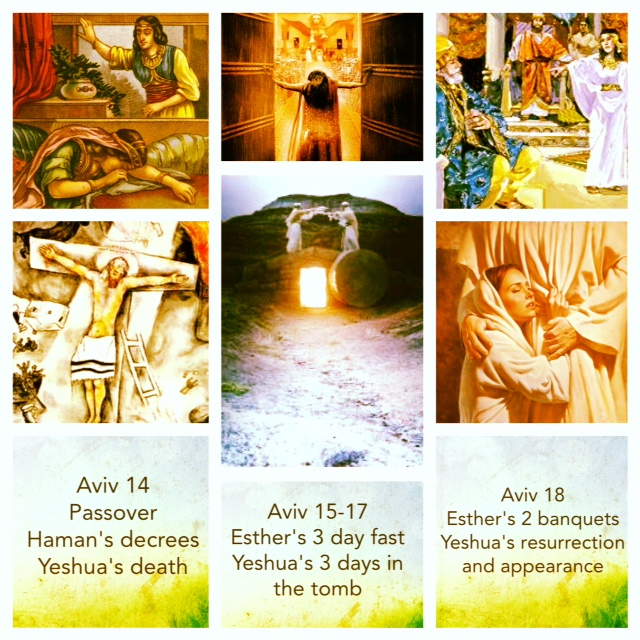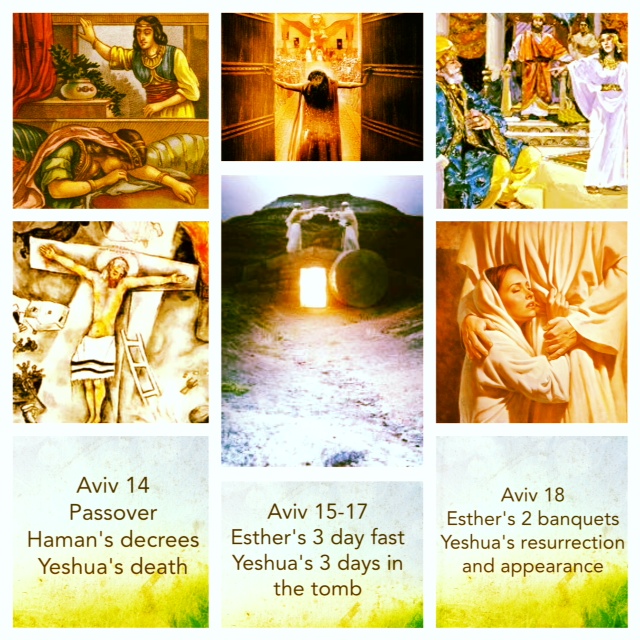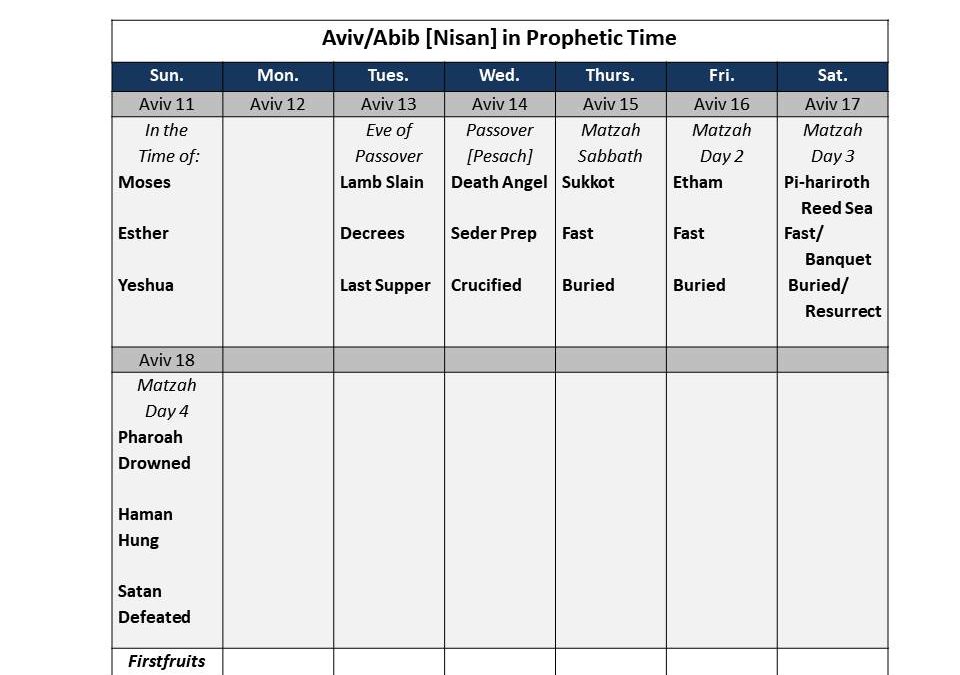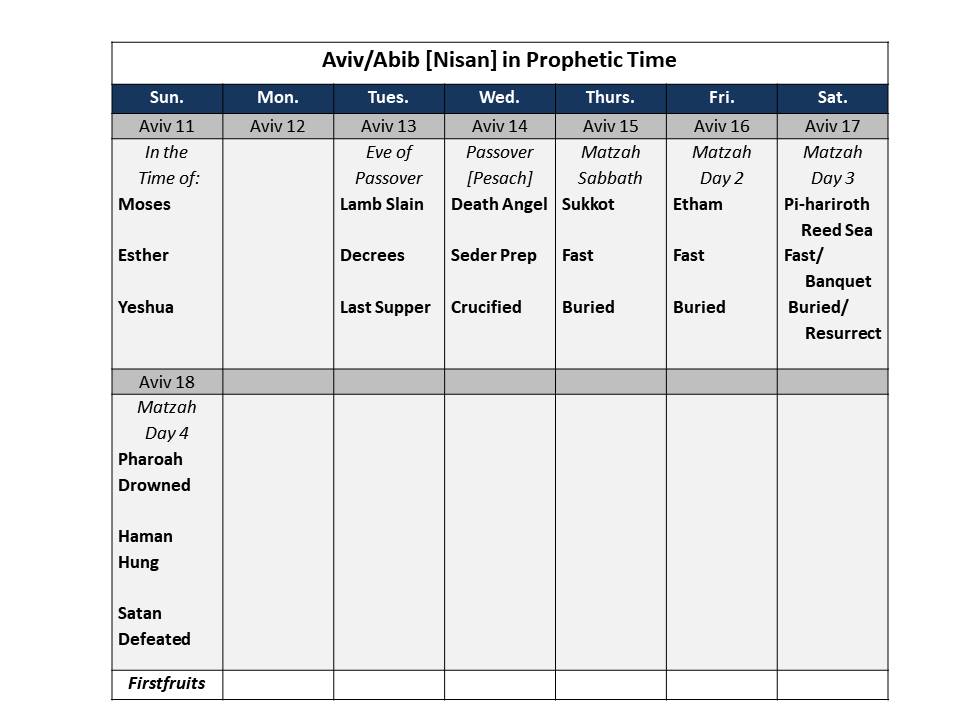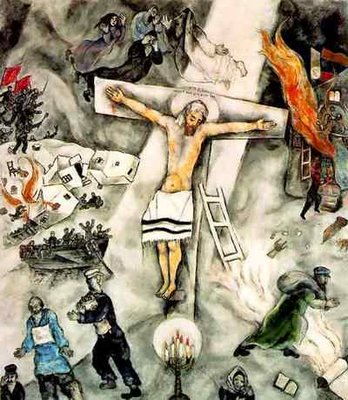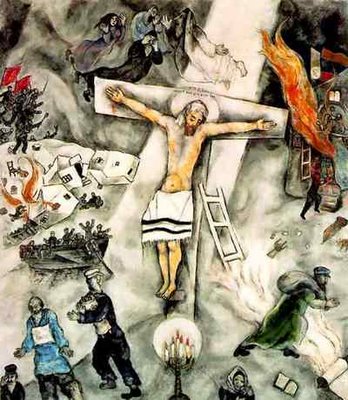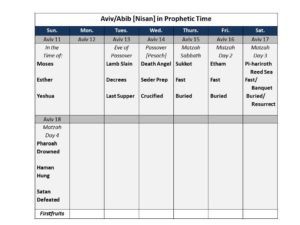
The miraculous Passover deliverance from Egypt was accomplished within the same three days and three nights on the Jewish calendar as the passion of Messiah Yeshua was in Ancient Israel. There are amazing parallels, found in the first exodus, that are also displayed in the sign of Jonah during the death, burial, and resurrection of Messiah. Delving into these connections relates how Messiah fulfilled the season of Passover.
It was with great with great signs and wonders, that Avinu Malkeinu (our Father our King) delivered the Hebrews, from slavery, in the land of Egypt. The awesome wonder of that ancient event is still remembered each spring as the faithful sit together to celebrate the Passover Seder meal. Interestingly, according to Scripture, there will soon be a greater exodus, with such a vast deliverance for the Chosen of the LORD, that it will overshadow the Egyptian exodus. This future event will be so momentous, that the former, will not be mentioned anymore. The prophet Jeremiah foretells of this day.
Therefore, behold, the days come, says the LORD, that they shall no more say, The LORD lives which brought up the children of Israel out of the land of Egypt; but, The LORD lives, which brought up and which led the seed of the house of Israel out of the north country, and from all countries whither I had driven them, and they shall dwell in their own land. (Jer. 23:7-8 KJV)
When we look to the Torah concerning these things, much is revealed about the prophetic events that are soon to unfold. In the spring, as we observe Passover, we look back into history at the faithfulness of Yahweh Almighty to deliver His people from bondage. We also will celebrate as a rehearsal for the prophetic Kingdom when the righteous Branch of David, Messiah Yeshua, will gather us back to the Promised Land where He will reign upon the earth as our King.
In the exodus from Egypt, we find, “…the LORD brought us forth out of Egypt with a mighty hand, and with an outstretched arm, and with great terribleness, and with signs, and with wonders.” (Deut. 26:8) In this passage, the Hebrew word for “signs” stands for signals, or distinguishing marks. In recent years, because of the attention on the four blood moons, believers in Messiah are noticing the signs in the heavens. God is revealing these signals for the purpose of drawing attention back to His calendar, His timing, and His feasts. The Hebrew word for “wonders” means a miraculous display of God’s power or tokens of a future event. Therefore, based on this understanding, of the first exodus, we should expect signs and wonders to happen among us in the greater exodus to come.
The purpose of the LORD’s signs and wonders are to establish His Word and authority, to His chosen people and to the nations. The signs were given to generate belief and trust in Adonai and for the faithful to know that He is present in the midst of crisis.
And Aaron spoke all the words which the LORD had spoken unto Moses and did the signs in the sight of the people. And the people believed: and when they heard that the LORD had visited the children of Israel and that He had looked upon their affliction, then they bowed their heads and worshiped. (Exo. 4:30-31 NAS)
True signs and wonders of the Almighty cause people to bow down in reverence, not fall back in disbelief. To kneel and bow down is an act of voluntary submission to Him. The LORD used signs and wonders to display His power before Pharaoh, but Pharaoh refused to believe in God’s Word.
And the LORD said unto Moses, See, I have made thee a god to Pharaoh: and Aaron thy brother shall be thy prophet. Thou shall speak all that I command thee…And I will harden Pharaoh’s heart, and multiply my signs and my wonders in the land of Egypt…Pharaoh shall not hearken unto you, that I may lay my hand upon Egypt, and bring forth mine armies, and my people the children of Israel, out of the land of Egypt by great judgments. (Exo. 7:1-4 KJV)
The Holy One’s purpose in displaying His power was for the Egyptians to have the opportunity to “…know that I am the LORD, when I stretch forth mine hand upon Egypt, and bring out the children of Israel from among them.” (Exo. 7:5) Signs and wonders, even when they are used as judgments upon people, can be part of the Father’s mercy toward unbelievers. It was through His signs and wonders that many Egyptians came to believe in His Word. (See more about the plagues of Egypt in the Appendix.)
At the time of the Exodus from Egypt, after the death of the firstborn, the Hebrews set out on the 15th day of Nissan/Aviv. They traveled by the light of an illuminated full moon to camp at Sukkot, which was the first stop on their freedom journey.
Now the sons of Israel journeyed from Rameses to Succoth, about six hundred thousand men on foot, aside from children. A mixed multitude [“an ethnically diverse crowd” – according to the HCB translation] also went up with them, along with flocks and herds, a very large number of livestock. (Exo. 12:37,38 NAS)
Many Egyptians also left Egypt along with the children of Israel. The fearful signs and wonders caused them to join the Hebrew slaves as they learned that the gods of Egypt were false. Forsaking all the world they had known, they clung to the truth of the Holy One of Israel. This mixed multitude of people represented the first converts to the monotheistic faith of the Israelites. Adonai is a God of inclusion. He desires as many people, those “whosoever wills”, to come into His Kingdom. Salvation is the process of being redeemed from darkness and being brought into the marvelous Light of the Word of God. When the plagues hit Egypt, the Egyptians were also given a choice of who to serve. Many chose to abandon Egypt and flee along with the children of Israel. Not only were the slaves of the children of Israel being set free, so also were the God-fearers of Egyptian heritage. The deliverance of Exodus was to the Jew first, then to the non-Jew. Both exited Egypt in one accord in reverence to Adonai.
An important note is that during the confrontations between Pharaoh and Moses, the request for the children of Israel. They were to be given a three-day reprieve from slavery to go into the wilderness to celebrate a feast unto Adonai. The original request by Moses to Pharaoh was not for the release from captivity but for the freedom to worship, the freedom to celebrate a feast, one that would take a three day’s journey to accomplish.
And afterward, Moses and Aaron came and said to Pharaoh, “Thus says the LORD, the God of Israel, ‘Let My people go that they may celebrate a feast to Me in the wilderness.’” But Pharaoh said, “Who is the LORD that I should obey His voice to let Israel go? I do not know the LORD, and besides, I will not let Israel go.” Then they said, “The God of the Hebrews has met with us. Please, let us go a three days’ journey into the wilderness that we may sacrifice to the LORD our God, otherwise He will fall upon us with pestilence or with the sword.” But the king of Egypt said to them, “Moses and Aaron, why do you draw the people away from their work? Get back to your labors!” (Exo. 5:1-4 NAS – see also Exo. 7:16, Exo. 8:1, Exo. 9:1, and Exo. 10:3)
You shall say to him, The LORD, the God of the Hebrews, sent me to you, saying, “Let My people go, that they may serve Me in the wilderness.” But behold, you have not listened until now. (Exo. 7:16) – Plague of Blood
Then the LORD said to Moses, “Go to Pharaoh and say to him, Thus says the LORD, Let My people go, that they may serve Me.” (Exo 8:1 NAS) – Plague of Frogs
Now the LORD said to Moses, “Rise early in the morning and present yourself before Pharaoh, as he comes out to the water, and say to him, Thus says the LORD, “Let My people go, that they may serve Me.” For if you will not let My people go, behold, I will send swarms of insects on you and on your servants and on your people and into your houses; and the houses of the Egyptians shall be full of swarms of insects, and also the ground on which they dwell. “But on that day I will set apart the land of Goshen, where My people are living, so that no swarms of insects will be there, in order that you may know that I, the LORD, am in the midst of the land. And I will put a division between My people and your people. Tomorrow this sign shall occur.” (Exo. 8:20-23) – Plague of Lice
Then the LORD said to Moses, “Go to Pharaoh and speak to him, ‘Thus says the LORD, the God of the Hebrews, “Let My people go, that they may serve Me.” (Exo. 9:1 NAS)
Moses and Aaron went to Pharaoh and said to him, “Thus says the LORD, the God of the Hebrews, How long will you refuse to humble yourself before Me? Let My people go, that they may serve Me.” (Exo. 10:3 NAS)
Remember the original request was for a three-day journey into the wilderness to celebrate a feast unto Adonai. The Pharaohs of this world and their religious leaders that follow them do not want the people of Adonai to serve Him by celebrating His feast days. Liberty opens the door for the captives to be freed to worship the Holy One in Spirit and truth. Passover is the season that celebrates this freedom.
On the following day, the 16th of Nisan/Abib, the children of Israel and the diverse crowd of Egyptians set out and traveled to the next encampment at Ethan, on the edge of the wilderness.
Then they set out from Succoth and camped in Etham on the edge of the wilderness. And the LORD was going before them in a pillar of cloud by day to lead them on the way, and in a pillar of fire by night to give them light, that they might travel by day and by night. He did not take away the pillar of cloud by day, nor the pillar of fire by night, from before the people. (Exo. 13:20-22 NAS)
The third day out of Egypt, on the 17th day of the month, the escaping slaves and run away Egyptians traveled to Pi-harioroth. There they camped in a vulnerable position by the sea.
Now the LORD spoke to Moses, saying, “Tell the sons of Israel to turn back and camp before Pi-hahiroth, between Migdol and the sea; you shall camp in front of Baal-zephon, opposite it, by the sea. “For Pharaoh will say of the sons of Israel, ‘They are wandering aimlessly in the land; the wilderness has shut them in.’ “Thus I will harden Pharaoh’s heart, and he will chase after them; and I will be honored through Pharaoh and all his army, and the Egyptians will know that I am the LORD.” And they did so. (Exo. 14:1-4 NAS)
These three days of journeying in the wilderness were related to the three days and nights of Messiah Yeshua’s burial in the tomb. On the Hebrew calendar, they are the same three days, the 15th, 16th, and 17th of Nisan/Abib. When the three day journey into the wilderness had come to its conclusion, Pharaoh realized that the slaves of Egypt were not coming back to serve him. In anger he set off to force the children of Israel back into submission.
Then the Egyptians chased after them with all the horses and chariots of Pharaoh, his horsemen and his army, and they overtook them camping by the sea, beside Pi-hahiroth, in front of Baal-zephon. And as Pharaoh drew near, the sons of Israel looked, and behold, the Egyptians were marching after them, and they became very frightened; so the sons of Israel cried out to the LORD. (Exo. 14:9-10 NAS)
It was at this climatic moment, when the Israelites were trapped at the sea that Yeshua became a present help to them in their time of trouble. In order to witness the defeat of Pharaoh, who is a type of Satan, the fleeing Egyptians and the children of Israel, were ordered to stand still and watch.
But Moses said to the people, “Do not fear! Stand by and see the salvation [Yeshua] of the LORD which He will accomplish for you today; for the Egyptians whom you have seen today, you will never see them again forever. The LORD will fight for you while you keep silent.” Then the LORD said to Moses, “Why are you crying out to Me? Tell the sons of Israel to go forward. And as for you, lift up your staff and stretch out your hand over the sea and divide it, and the sons of Israel shall go through the midst of the sea on dry land. And as for Me, behold, I will harden the hearts of the Egyptians so that they will go in after them; and I will be honored through Pharaoh and all his army, through his chariots and his horsemen. Then the Egyptians will know that I am the LORD, when I am honored through Pharaoh, through his chariots and his horsemen.” And the angel of God, who had been going before the camp of Israel, moved and went behind them; and the pillar of cloud moved from before them and stood behind them. So it came between the camp of Egypt and the camp of Israel; and there was the cloud along with the darkness, yet it gave light at night. Thus the one did not come near the other all night. (Exo. 14:13-20 NAS)
During the dark hours of the night, before the break of dawn, the freed populous of Egypt, both native born Israel and those that sojourned with them, was delivered as the pillar of cloud stood between them and the chariots of Pharaoh. This day of Salvation for the deliverance of the faithful of Adonai is the same night that nearly 1500 years later Yeshua defeated death during His resurrection from the tomb. It was in the dark of night that the deliverance was made and in the light of day the defeat of Pharoah, a type of Satan, was revealed. This day in the Bible is a day to be recognized. It is not Easter but the Biblical holiday of Firstfruits, the day that Pharoah was defeated in the sea.
Then Moses stretched out his hand over the sea; and the LORD swept the sea back by a strong east wind all night, and turned the sea into dry land, so the waters were divided. And the sons of Israel went through the midst of the sea on the dry land, and the waters were like a wall to them on their right hand and on their left. Then the Egyptians took up the pursuit, and all Pharaoh’s horses, his chariots and his horsemen went in after them into the midst of the sea. And it came about at the morning watch that the LORD looked down on the army of the Egyptians through the pillar of fire and cloud and brought the army of the Egyptians into confusion. And He caused their chariot wheels to swerve, and He made them drive with difficulty; so the Egyptians said, “Let us flee from Israel, for the LORD is fighting for them against the Egyptians.” Then the LORD said to Moses, “Stretch out your hand over the sea so that the waters may come back over the Egyptians, over their chariots and their horsemen.” So Moses stretched out his hand over the sea, and the sea returned to its normal state at daybreak, while the Egyptians were fleeing right into it; then the LORD overthrew the Egyptians in the midst of the sea. And the waters returned and covered the chariots and the horsemen, even Pharaoh’s entire army that had gone into the sea after them; not even one of them remained. But the sons of Israel walked on dry land through the midst of the sea, and the waters were like a wall to them on their right hand and on their left. (Exo. 14:21-29)
The Passover deliverance was three days and three nights after the blood was applied to the lintels and doorposts in Egypt. The same Passover deliverance was accomplished during the same three day and three night time period of Messiah Yeshua. Timing is everything with our God. The death, burial, and resurrection of the Messiah of Israel was demonstrated in the days of Moses in Egypt, and a second time in the days of Queen Esther of Persia. (Please refer the diagram below to see the parallels between the Exodus from Egypt, the Trials of Esther, and the Passion of Messiah.)
To learn more about the Parallels between Purim and Passover look for the upcoming BEKY Book by Jane Diffenderfer titled, The Three Days and The Three Nights of Messiah.
